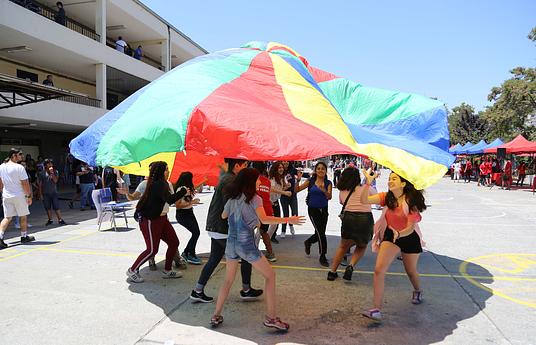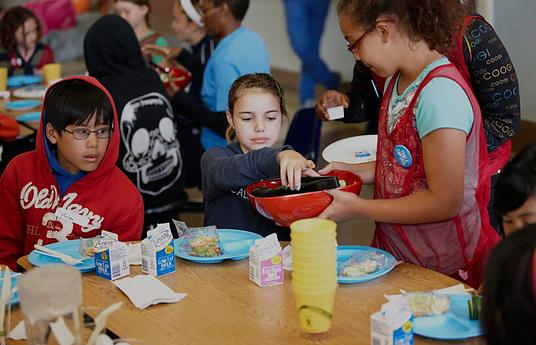The educational system was not able to attract, prepare and maintain high performance educators and couldn’t provide the students with access to practical, life context and authentic skills. As a result students who graduate lack the skills and competencies needed to be successful. This is why we need complementary initiatives to support the development of students, teachers and their communities.
We are building an ecosystem formed by teachers, students and supporters, using the
design thinking method and a social entrepreneurial approach. Our project has 3 levels (Orientation, Acceleration and Deployment) which are implemented over the course of multiple school years. During Orientation: Students experience for the first time the changemaking process, and work with their teachers to design and implement a pilot using project based learning and design thinking. At level 2 - students are assigned a mentor with the goal to design a sustainable social innovation. At level 3 - students had already developed a sustainable solution and they work closely with other students and organizations to scale their system changing social innovation with the goal of increasing impact. At the first level we go broad and as we screen teachers based on interest we increase our support and resources offered to them such as mentors and role models, who normally come from the corporate sector.
We started the project as a pilot in 2016 and since we had reached over 6000 students (6 to 18 year old) from Romania and Moldova, led by over 450 teachers. When we started we didn't have all the levels but we continued to bring in new resources and support to respond to our community needs, wants and limitations. The latest innovation includes the design of an online course for teachers who work together to implement the first level of Change Architects, while at the same time learn about the design thinking method and from each other. The course enables educators to learn the method, practice it in their classroom and receive ongoing feedback from us and their peers resulting in 70 new projects and 1500 students reached. In 2021 our project received the Aspen Community Impact Award.
Activities follow the school year which normally starts in September and end in June. At level 1 teachers sign up on our website and after are contacted by our team to receive access to training and materials. Access to level 2 and 3 is open only to those teachers who completed level 1 with their students and are interested to continue the project. Once at level 2, they are matched with a mentor.



